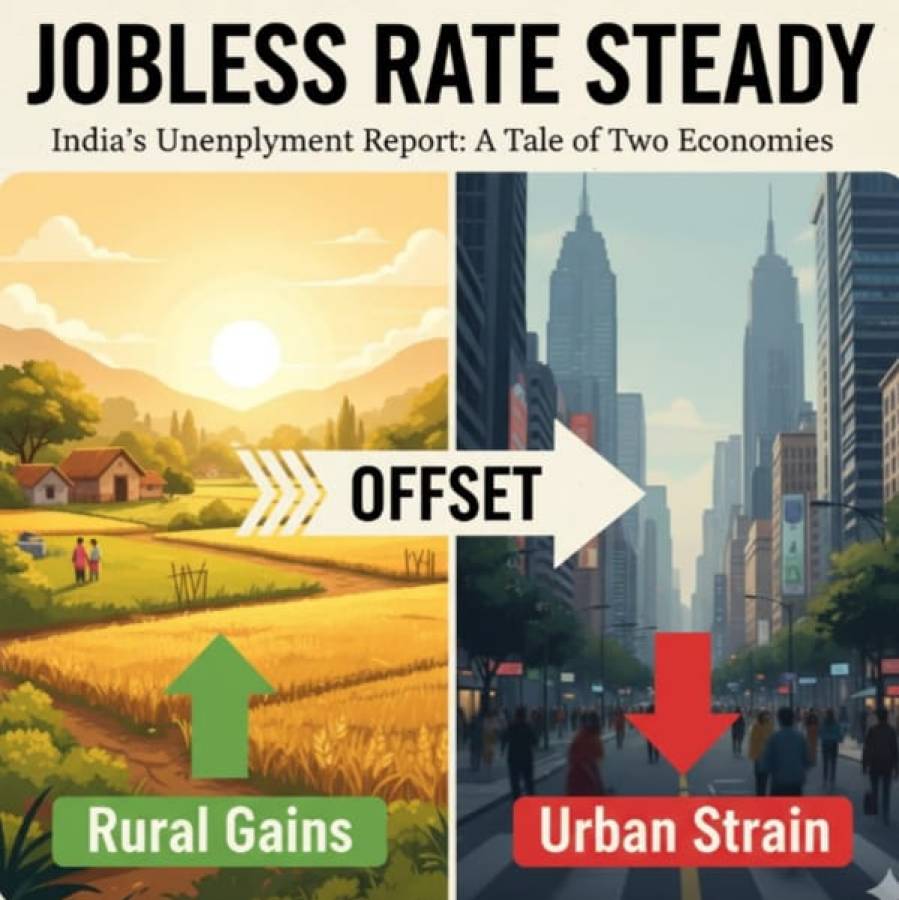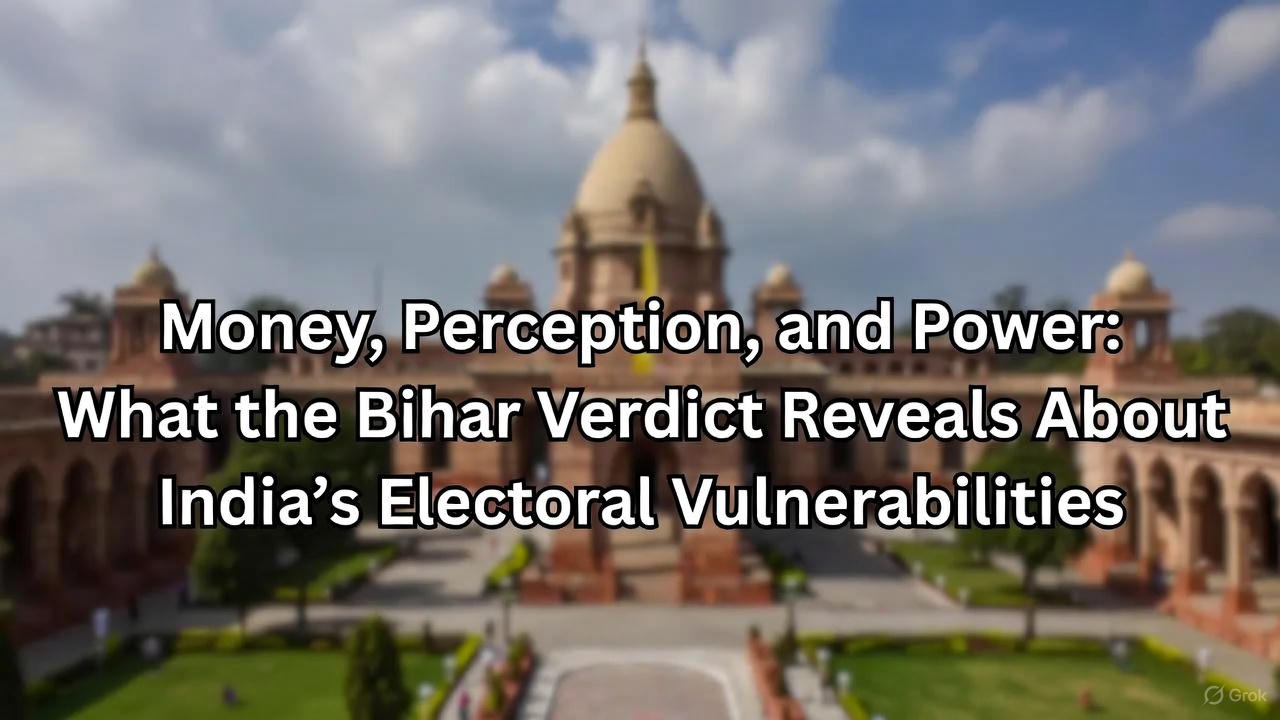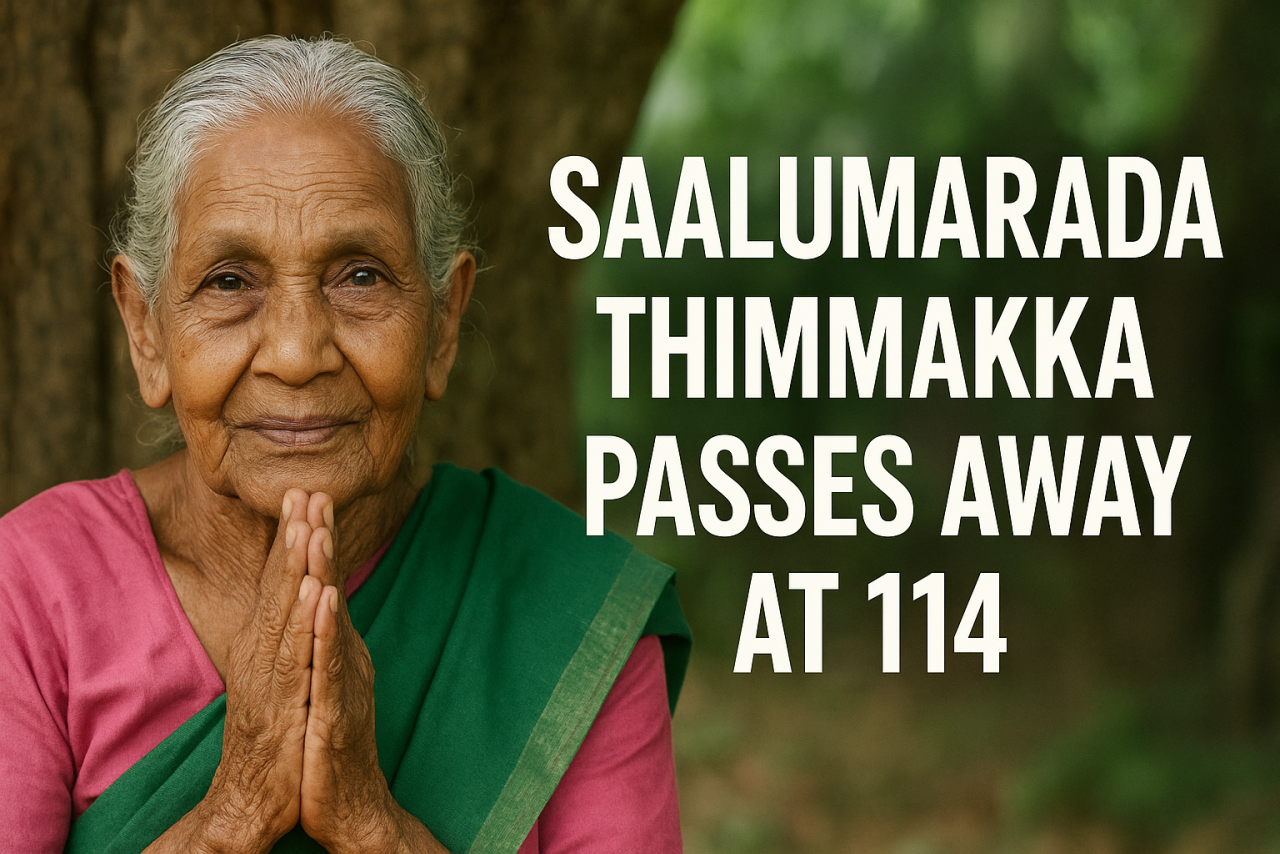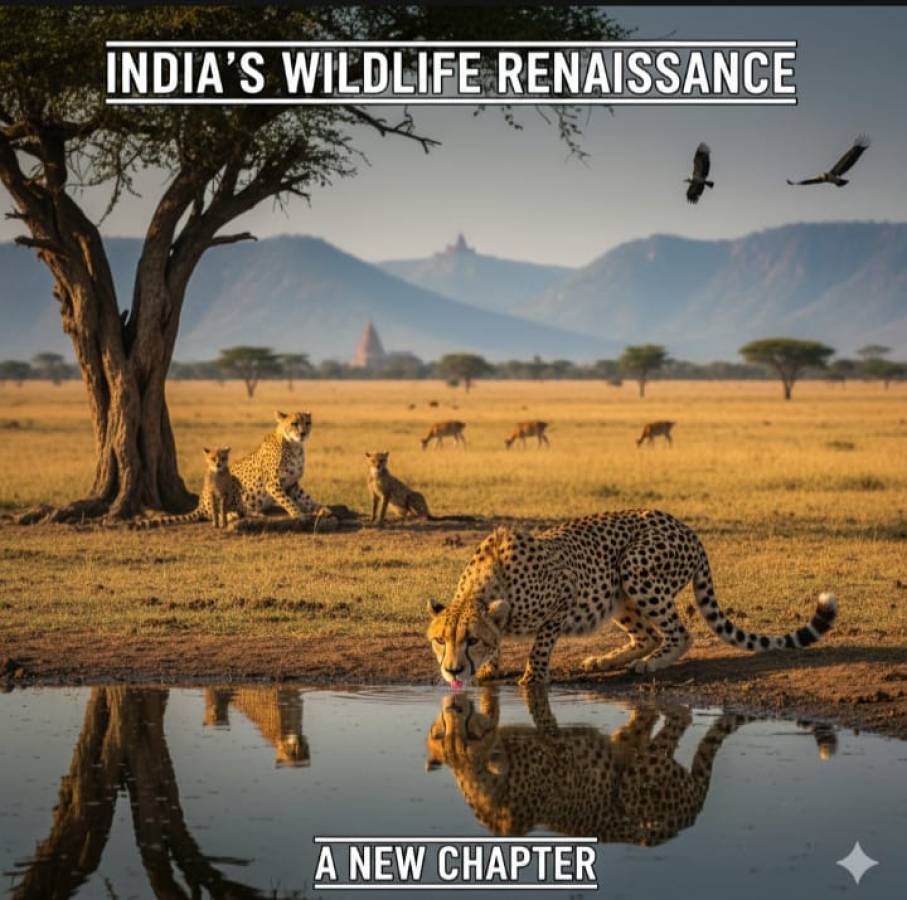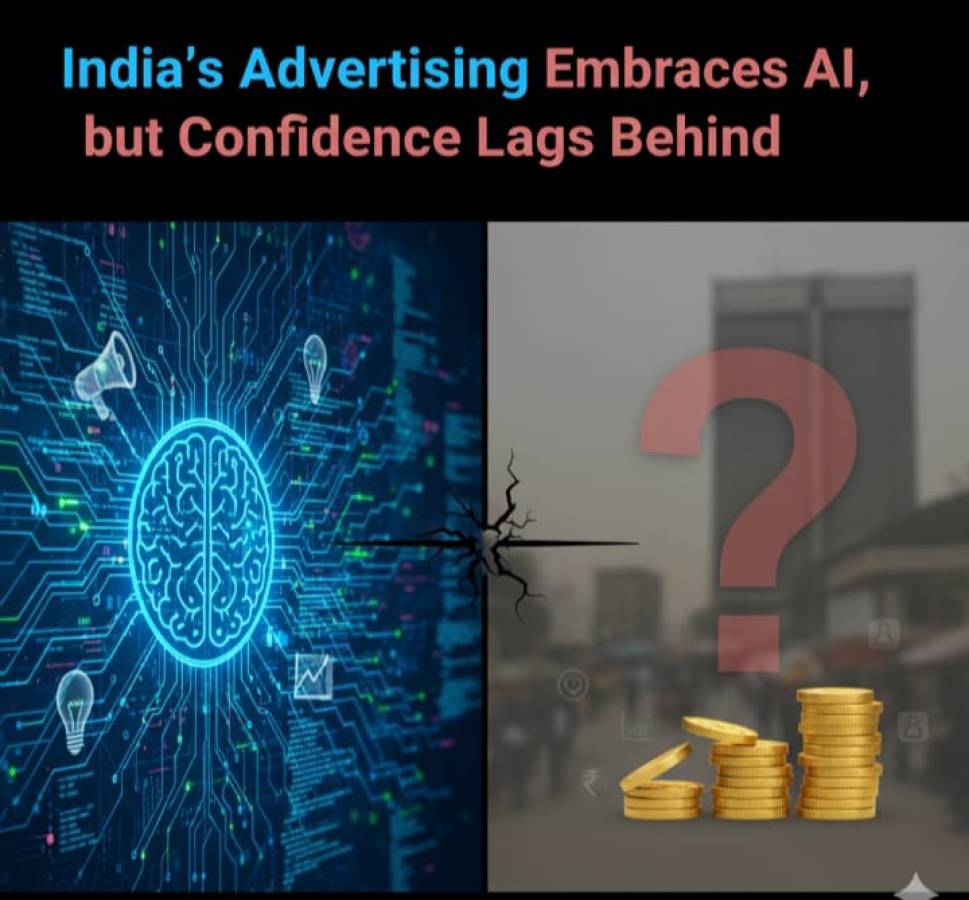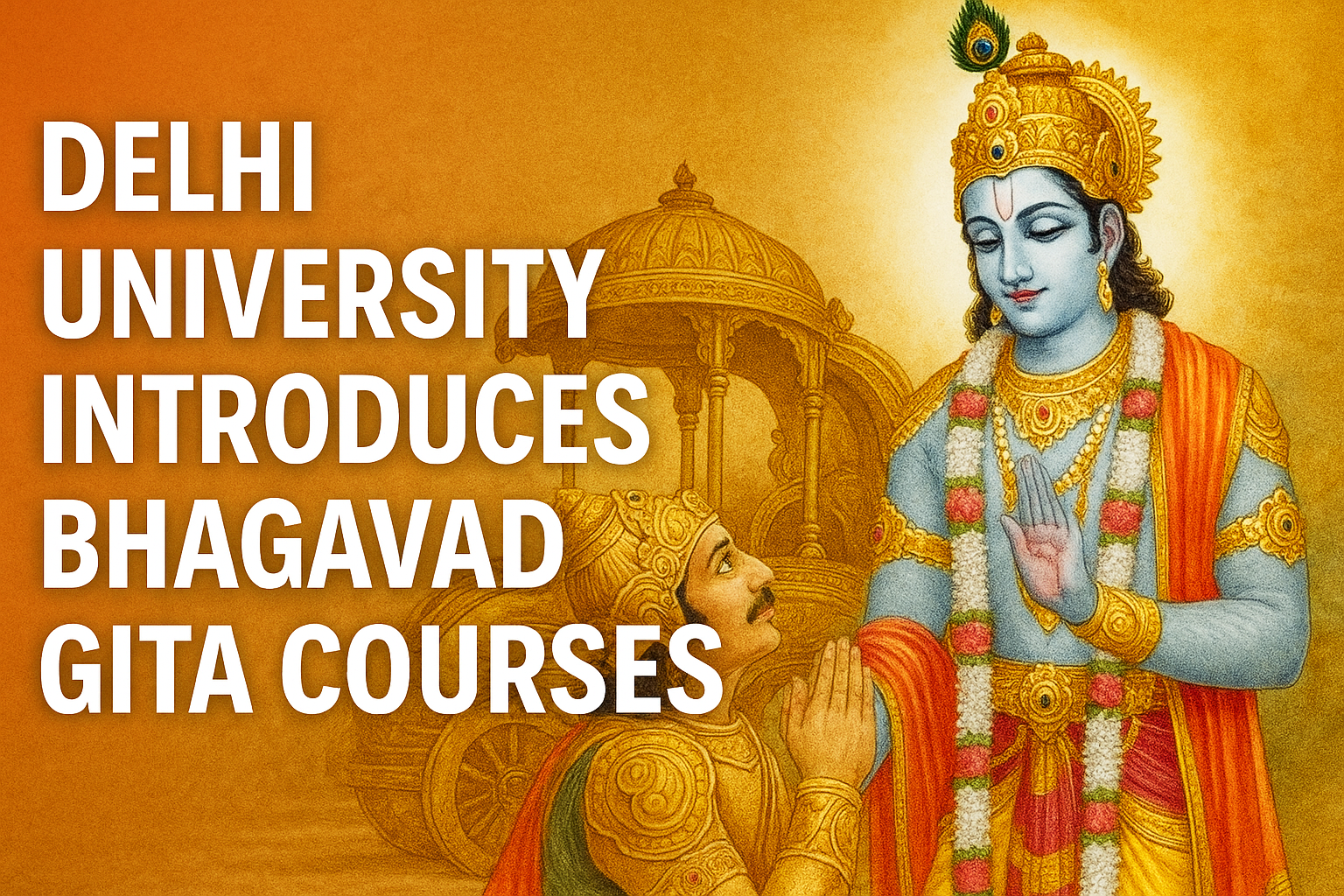
Amid the noise of career-driven syllabi and exam-centric instruction, Delhi University has chosen a different path. Starting from the 2025–26 academic year, the university will offer undergraduate Value Addition Courses based on the Bhagavad Gita. These include Gita for Holistic Life, Gita and Leadership Excellence, Gita for a Sustainable Universe and Gita: Navigating Life Challenges. This is not just a curriculum update; it is a return to an idea that education must build thought, character and purpose, not just skills.
The Gita, though ancient, remains startlingly relevant. Its central dialogue, between Krishna and Arjuna, is not confined to battlefield ethics or mythic past. It deals with doubt, action, duty, self-discipline and the search for meaning. Unlike textbooks that expire with changing industries, the Gita speaks across time. Its role in education is not to preach, but to prompt self-inquiry. In the words of Dr. S. Radhakrishnan, education must help the individual become a thoughtful citizen of both the nation and the universe. The Gita, read as philosophy and ethics, does just that.
Each course within this new offering addresses contemporary needs. Gita and Leadership Excellence draws from Krishna’s composure, showing how calm guidance and inner balance shape true leadership. Gita for a Sustainable Universe connects spiritual restraint to ecological awareness. Navigating Life Challenges helps students reflect on anxiety, indecision and failure without clinical detachment. Gita for Holistic Life frames daily living as a disciplined practice rooted in awareness. These are not abstract ideals but tools for facing life with clarity and courage.
Modern Indian education often leans heavily toward technical mastery, measured productivity and employability. These are necessary, but not sufficient. When knowledge is stripped of values, it creates imbalance. Many students graduate with expertise, but little resilience or direction. Integrating texts like the Gita corrects this imbalance, not through religion, but through philosophy. This initiative reminds institutions that the best education should not only prepare students to make a living, but also to live with meaning.
Other universities should take note. India's academic institutions often borrow frameworks from abroad while undervaluing their own intellectual traditions. This is not an argument against global knowledge, but for balance. Just as a rooted tree can still stretch toward the sky, Indian students must learn to navigate the world while staying connected to their cultural foundations. The Gita, when taught with academic rigor and openness, can become part of that foundation.
Critics may question whether introducing a religious text violates the secular fabric of public education. But this concern arises from a narrow view of the Gita. It is not a sectarian scripture. It does not advocate rituals or exclusivity. Instead, it explores the moral dimensions of human action. It asks questions that modern disciplines too often ignore. What should one do when reason fails? How does one act without being consumed by results? What does it mean to act rightly in a flawed world?
When universities encourage students to engage with such questions, they do not compromise secularism. They enrich it. A truly secular classroom is one that does not exclude wisdom based on origin, but includes all that sharpens judgment and deepens understanding. The Gita belongs in such a space not as doctrine, but as dialogue.
As India talks about becoming a developed nation, its education system must grow deeper, not just broader. Expanding research and industry links is important. But forming responsible, self-aware citizens is essential. Delhi University’s decision is a small but firm step in this direction. It offers a model for how tradition can inform progress without nostalgia or dogma.
If the purpose of learning is to illuminate life, then the Gita is not a relic. It is a companion. Delhi University has done well to recognize this. Now, the responsibility lies with other institutions to rise above trend and convenience, and create courses that engage not just with technology, but with timeless ideas.
Let this be a beginning, not an exception.




